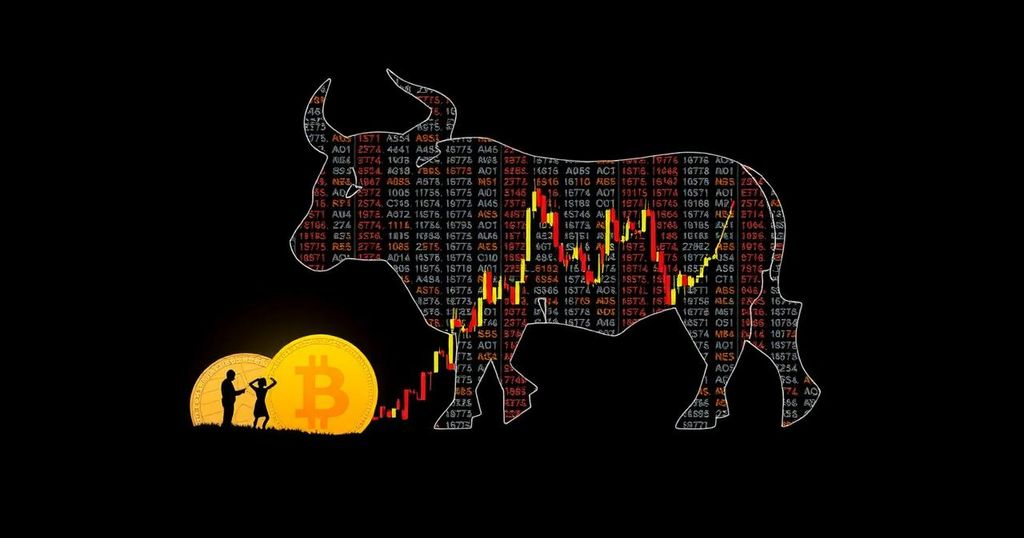Potential Bull Market for Cryptocurrency Indicated by Past Rate Cuts, Says 21Shares
At the recent Jackson Hole Symposium, Jerome Powell, Chairman of the United States Federal Reserve, indicated a significant possibility of impending interest rate cuts, stirring optimism within the cryptocurrency market. Following this announcement, Bitcoin experienced a surge, surpassing the $63,000 mark, with analysts predicting further increases as the Fed embarks on a rate-cutting strategy.
Leena ElDeeb, a researcher at 21Shares, emphasized that historical data suggests interest rate reductions have previously catalyzed price appreciation in digital assets. She highlighted that during prior cuts, particularly at the onset of the COVID-19 pandemic, investors were incentivized by the accessibility of cheaper loans, facilitating a shift towards riskier investment avenues. While ElDeeb noted that past performance is not a definitive indicator of future outcomes, the March 2020 rate cuts serve as a valuable benchmark to anticipate the potential impacts of forthcoming cuts on the cryptocurrency landscape.
Additionally, ElDeeb pointed to the M2 money supply, which represents the total currency circulating within the global economy, as an important market indicator. According to her analysis, Bitcoin tends to reach its lowest valuations several months prior to a trough in the M2 money supply, followed by a swift price increase. This upsurge generally outpaces liquidity growth, eventually leading to a mid-cycle correction.
In her conclusion, ElDeeb posited that Bitcoin exchange-traded funds (ETFs) could be pivotal catalysts for appreciation in Bitcoin prices, particularly amid the M2 money supply trends she described.
Despite a notable outflow of $528 million from digital asset investment products during the week following August 3, institutional interest in these investment vehicles remains robust. This is evidenced by substantial inflows into BlackRock’s iShares Bitcoin Trust ETF and Fidelity’s Wise Origin Bitcoin Fund, amounting to $20.3 million and $61.3 million, respectively. Moreover, the behavior of investment advisers in increasing their exposure to Bitcoin ETFs during the second quarter of 2024 further corroborates the sustained institutional appetite for digital assets. The interplay of interest rate adjustments and money supply metrics may indeed foster a dynamic environment for cryptocurrency investment as we move forward.








Post Comment